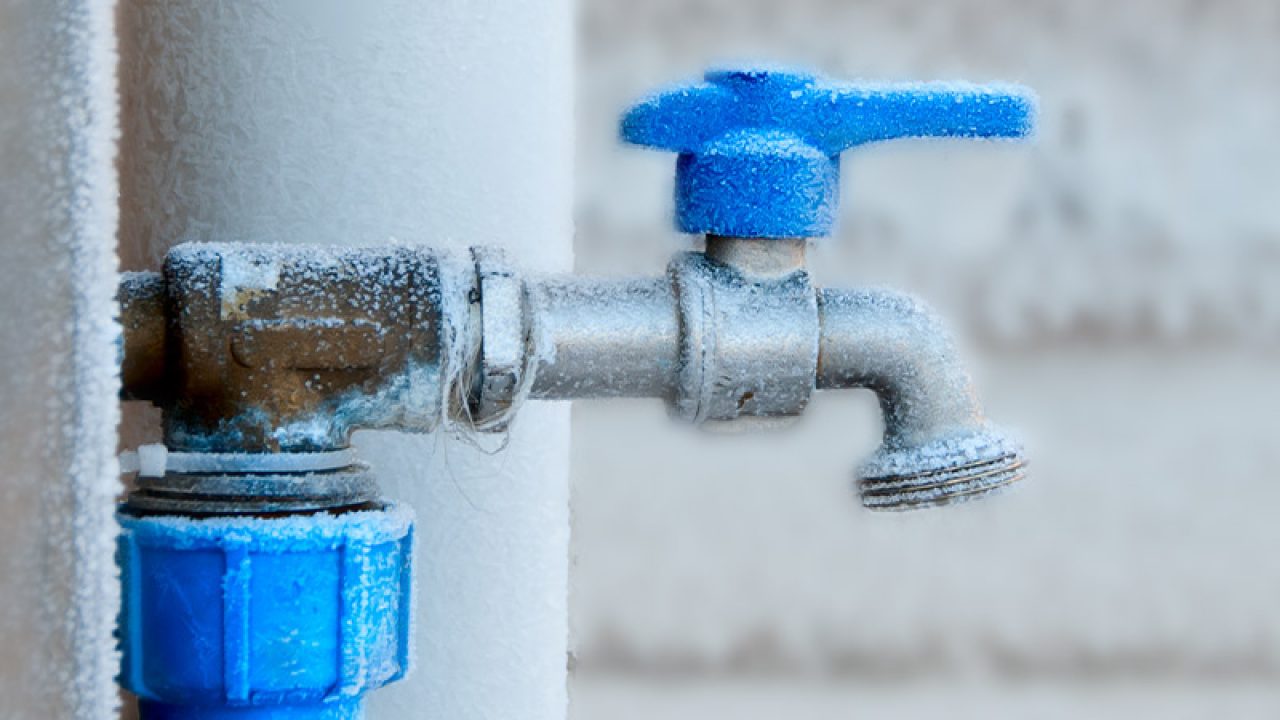Key Methods for Avoiding Frozen Pipes in Cold Weather
Key Methods for Avoiding Frozen Pipes in Cold Weather
Blog Article
They are making a few good observations on the subject of Helpful Tips to Prevent Frozen Pipes this Winter in general in this article underneath.

Cold weather can wreak havoc on your plumbing, especially by freezing pipes. Below's exactly how to avoid it from occurring and what to do if it does.
Intro
As temperatures drop, the threat of icy pipelines rises, possibly causing expensive repairs and water damage. Recognizing exactly how to prevent frozen pipelines is critical for property owners in cool climates.
Recognizing Icy Pipes
What triggers pipelines to ice up?
Pipelines freeze when subjected to temperature levels below 32 ° F (0 ° C) for expanded durations. As water inside the pipes ices up, it expands, putting pressure on the pipe wall surfaces and possibly creating them to rupture.
Threats and damages
Frozen pipes can lead to water disruptions, home damages, and costly repairs. Ruptured pipelines can flood homes and create extensive architectural damages.
Signs of Frozen Pipeline
Identifying icy pipes early can stop them from rupturing.
How to identify frozen pipelines
Seek reduced water flow from faucets, uncommon odors or sounds from pipes, and visible frost on revealed pipes.
Prevention Tips
Shielding prone pipelines
Wrap pipes in insulation sleeves or use heat tape to secure them from freezing temperature levels. Concentrate on pipelines in unheated or outside areas of the home.
Heating methods
Keep indoor areas adequately warmed, specifically areas with pipes. Open cupboard doors to permit cozy air to distribute around pipes under sinks.
Protecting Outdoor Pipes
Garden hoses and exterior taps
Separate and drain yard pipes prior to winter season. Set up frost-proof faucets or cover exterior faucets with insulated caps.
What to Do If Your Pipes Freeze
Immediate activities to take
If you suspect frozen pipelines, maintain faucets open up to soothe stress as the ice melts. Make use of a hairdryer or towels soaked in warm water to thaw pipes slowly.
Long-Term Solutions
Structural adjustments
Take into consideration rerouting pipes away from outside wall surfaces or unheated areas. Add additional insulation to attic rooms, cellars, and crawl spaces.
Updating insulation
Invest in high-quality insulation for pipelines, attics, and walls. Appropriate insulation aids maintain regular temperatures and minimizes the risk of frozen pipes.
Verdict
Preventing frozen pipelines requires aggressive procedures and fast actions. By understanding the causes, signs, and preventive measures, homeowners can shield their plumbing during winter.
5 Ways to Prevent Frozen Pipes
Drain Outdoor Faucets and Disconnect Hoses
First, close the shut-off valve that controls the flow of water in the pipe to your outdoor faucet. Then, head outside to disconnect and drain your hose and open the outdoor faucet to allow the water to completely drain out of the line. Turn off the faucet when done. Finally, head back to the shut-off valve and drain the remaining water inside the pipe into a bucket or container. Additionally, if you have a home irrigation system, you should consider hiring an expert to clear the system of water each year.
Insulate Pipes
One of the best and most cost-effective methods for preventing frozen water pipes is to wrap your pipes with insulation. This is especially important for areas in your home that aren’t exposed to heat, such as an attic. We suggest using foam sleeves, which can typically be found at your local hardware store.
Keep Heat Running at 65
Your pipes are located inside your walls, and the temperature there is much colder than the rest of the house. To prevent your pipes from freezing, The Insurance Information Institute suggests that you keep your home heated to at least 65 degrees, even when traveling. You may want to invest in smart devices that can keep an eye on the temperature in your home while you’re away.
Leave Water Dripping
Moving water — even a small trickle — can prevent ice from forming inside your pipes. When freezing temps are imminent, start a drip of water from all faucets that serve exposed pipes. Leaving a few faucets running will also help relieve pressure inside the pipes and help prevent a rupture if the water inside freezes.
Open Cupboard Doors
Warm your kitchen and bathroom pipes by opening cupboards and vanities. You should also leave your interior doors ajar to help warm air circulate evenly throughout your home.

I hope you enjoyed reading our piece about Winter Plumbing Precautions: Preventing Frozen Pipes. Thanks for taking a few minutes to read our article post. In case you enjoyed our article kindly consider to pass it around. Thanks for your time. Kindly stop by our blog back soon.
Here Report this page